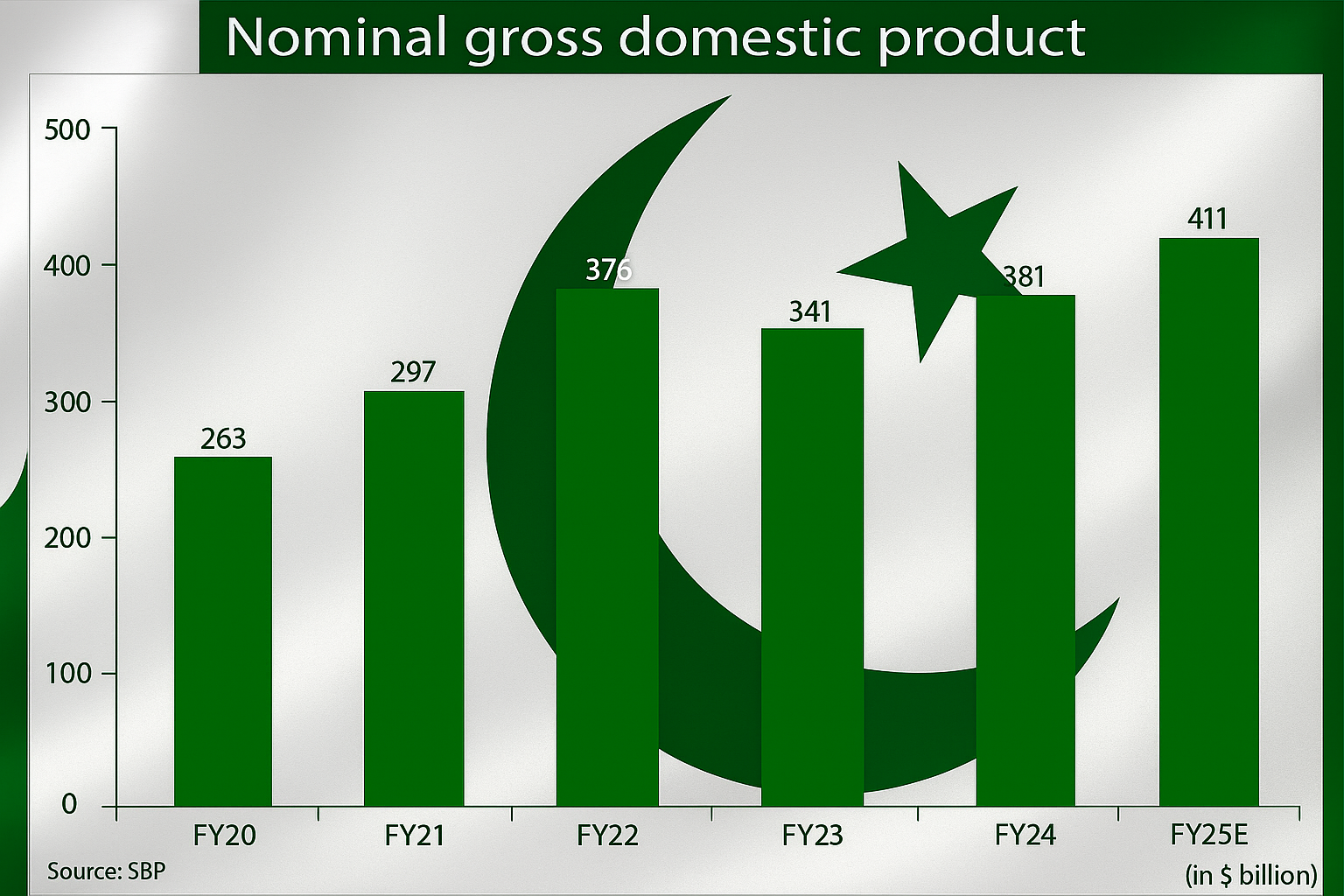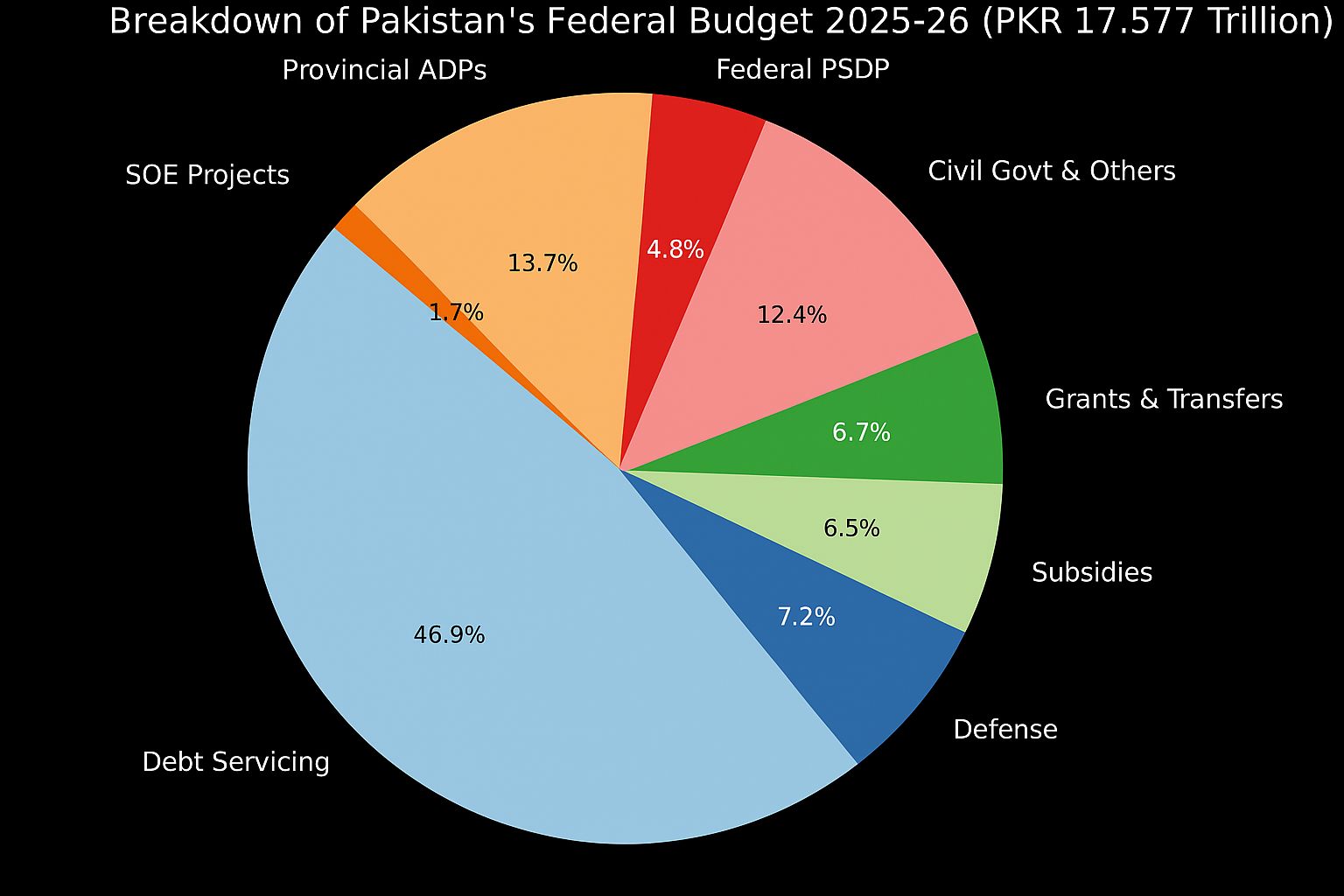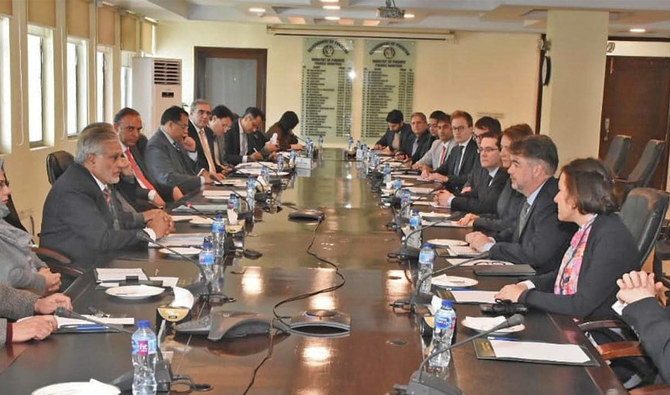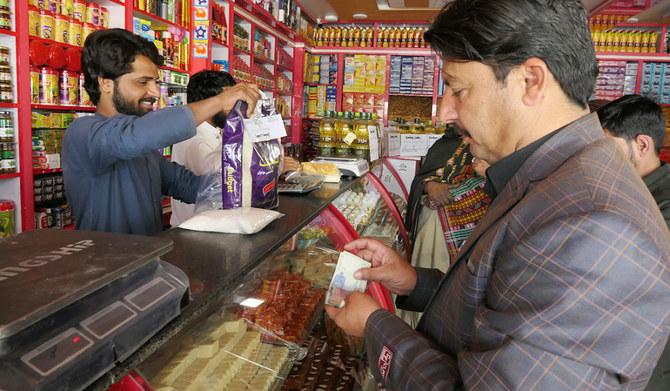Has Pakistan’s Economy Really Improved in 2025:
Pakistan’s government claims the economy is improving in 2025—but is it true? Explore real data on inflation, GDP, debt, public opinion, and the reality behind the numbers.

In 2025, the government of Pakistan says the country is finally recovering. The Pakistan GDP has crossed $400 billion, exports are up, and the rupee is more stable than before. On paper, this sounds like a success story. But when we talk to ordinary people, we still hear the same complaints: “Mehengai buhat zyada hai”, “Rozgar nahi milta”, and “Sirf ameer logon ka faida ho raha hai.”
So, what’s the truth? Has Pakistan’s economy really improved—or is it just a show for numbers and headlines?
Pakistan’s $411 Billion GDP – Real Growth or Just a Big Number?
In June 2025, officials proudly announced that Pakistan’s GDP has reached over $411 billion, a new record. The GDP per capita also rose to around $1,826. This sounds good, but it doesn’t mean everyone is earning more.
Many economists say this increase is partly due to:
-
Inflation (prices going up)
-
Currency depreciation (rupee losing value)
-
External borrowing (more loans = bigger numbers)
Real growth comes from increased production, exports, job creation, and business activity—not just from adjusting numbers.
Inflation and the Cost of Living
One of the biggest problems facing ordinary Pakistanis is inflation. In 2025, inflation is still above 18%, especially for:
-
Food items (flour, oil, milk, vegetables)
-
Petrol and electricity
-
Transport and gas bills
People say that while the government of Pakistan talks about GDP and progress, the poor can’t even afford basic needs. A huge chunk of income is spent on just surviving—leaving little for savings, education, or healthcare.
Budget 2025–26: For the People or for the Powerful?
The federal government presented a PKR 17.577 trillion for 2025–26, with promises of economic reform and development. Key highlights include:

In 2025 Budget: Relief for the Rich, Burden on the Middle Class?
-
Higher taxes on imported luxury items
-
Subsidies for low-income electricity users
-
Increased development funding for CPEC and infrastructure
But many experts criticize this budget, saying:
-
Salaried people are paying more tax
-
No tax on powerful groups like feudal landlords
-
IMF policies are being followed too strictly
So, while the budget may look balanced, it doesn’t bring real relief to the poor or middle class.
IMF Loans and Debt Dependency:
Pakistan is in talks with the IMF to secure a $7 billion loan under the new program. But this comes with strict conditions, such as:

-
Cutting government spending
-
Raising fuel and energy prices
-
Reducing subsidies for the poor
Pakistan’s external debt is now over $130 billion, and debt servicing takes 50%+ of the budget. This means:
“We’re borrowing more just to repay old loans. This cycle will never end without serious reforms.”
Rupee Stability: Real or Temporary?
In early 2025, the rupee was crashing, hitting over Rs. 300 per USD. Now, it has stabilized around Rs. 285, thanks to:
-
IMF support
-
Restrictions on imports
-
Rising remittances from overseas Pakistanis
But this stability is not permanent. If:
-
Oil prices rise
-
IMF delays a loan
-
Political instability increases
Then the rupee may fall again, and so will people’s trust in the economy.
Jobs, Industry, and Investment: Is Growth Visible?
Some sectors have shown signs of recovery:
-
Tech & freelancing industry is growing
-
Agriculture improved slightly due to better rainfall
-
Construction is slowly recovering under CPEC projects
But still, unemployment remains high, especially among the youth. Many factories are not running at full capacity, and foreign investment is limited due to:
-
Poor law and order
-
Political instability
-
Corruption and red tape
Local investors are also hesitant. Small businesses are closing due to high costs and low sales.
What Are the People Saying?
You can judge an economy by how the people feel—not just by what the finance minister says. In cities and villages alike, people are still struggling.

A 2025 Gallup survey says:
-
Only 22% of Pakistanis think the economy is improving.
-
Over 60% say mehengai (Inflation) is their biggest issue.
-
Around 30% want to migrate for better opportunities.
So, while the government talks about recovery, most Pakistanis feel like nothing has changed.
Is It All Bad? No — But It’s Not All Good Either:
Let’s be fair. Some positive signs do exist:
-
Stabilized rupee
-
Better export numbers
-
Rising IT services
-
Lower trade deficit
But real recovery will require:
-
Fighting inflation
-
Reforming tax policy
-
Supporting small businesses
-
Creating jobs
-
Reducing dependence on IMF
Until then, progress will remain limited to headlines, and the average citizen will continue to struggle.
Conclusion:
While Pakistan’s economy shows progress on paper—like rising GDP and a stable rupee—the ground reality tells a different story. Inflation remains high, jobs are scarce, and most citizens feel no real relief. The 2025 recovery appears more cosmetic than concrete. Without deep reforms, true progress will stay out of reach. Until then, economic claims will remain just that—claims—while ordinary people continue to bear the burden of rising costs and limited opportunities.
CTA:
Stay informed with Muav PK as we continue to uncover the truth behind breaking headlines, military developments, and geopolitical shifts in South Asia.
🔔 Subscribe to our blog for verified, unbiased updates.
📲 Follow us on TwitterX http://muavpk.com, Instagram, and Facebook https://www.facebook.com/share/1AbLcQwDfj/
Comment below with your thoughts — Do you believe the full truth has come out?
FAQs
Q1: Why is Pakistan’s GDP growing but people still feel poor?
Because the GDP increase is mostly due to inflation and currency adjustment—not actual growth in jobs or income.
Q2: Is the 2025–26 budget helping common people?
Not really. Experts say it increases pressure on salaried classes while powerful groups remain untaxed.
Q3: Will the IMF loan improve the economy?
It may stabilize short-term finances, but it also brings tough conditions. Real improvement depends on internal reforms.

3 thoughts on “Has Pakistan’s Economy Really Improved in 2025 – Or Is It Just a Show?”